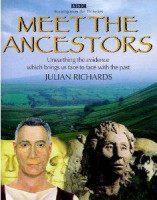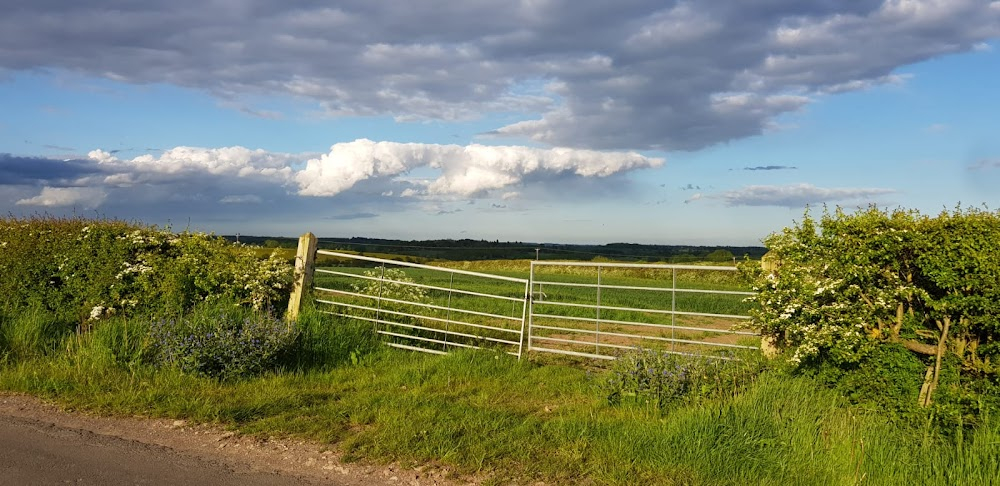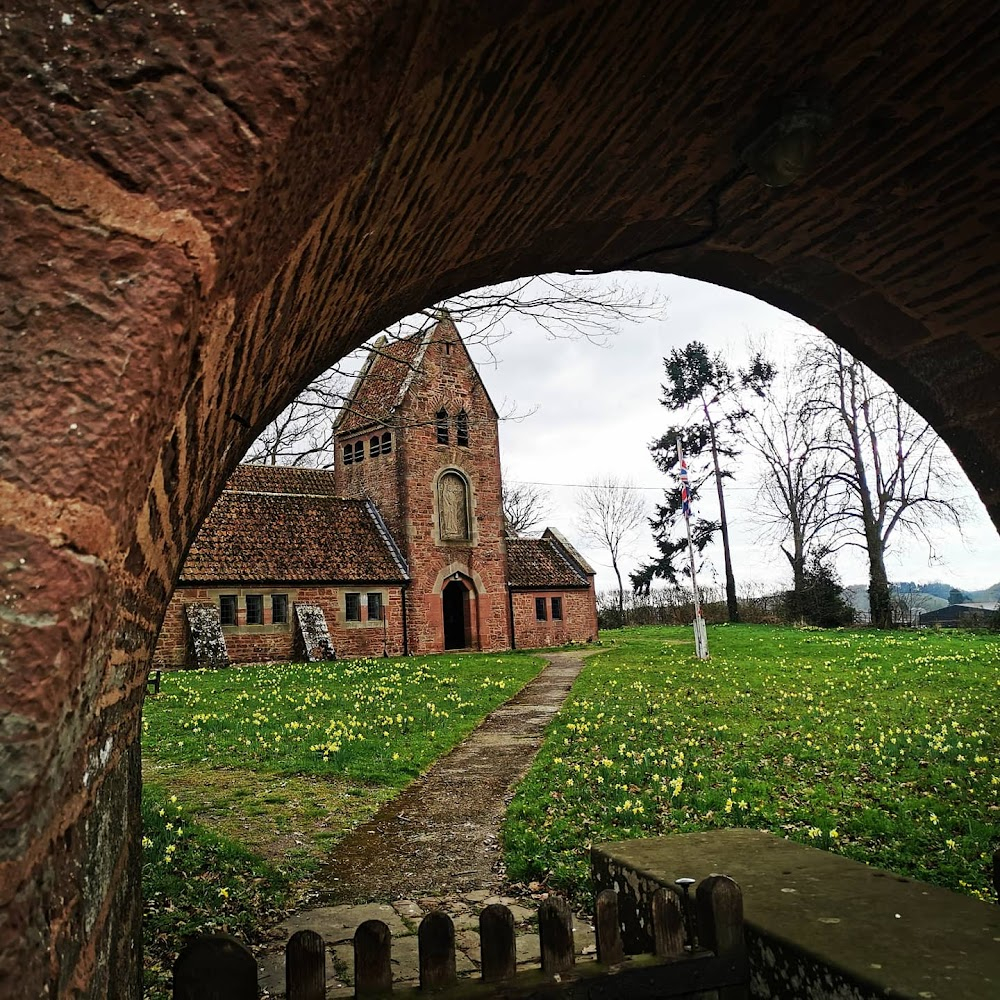Meet the Ancestors Filming Locations

Where was Meet the Ancestors filmed? Meet the Ancestors was filmed in 123 locations across United Kingdom, Ireland, Belgium, Tunisia, Germany, Australia, United States and Italy in the following places:
Meet the Ancestors Filming Locations
The City of London is a historic financial district, home to both the Stock Exchange and the Bank of England. Modern corporate skyscrapers tower above the vestiges of medieval alleyways below. Affluent workers frequent its smart restaurants and bars. Tourists visit iconic, 17th-century St. Paul’s Cathedral, trace the city’s history at the Museum of London, and take in performances at the huge Barbican arts centre.
Bradford is a city in the northern English county of West Yorkshire. Housed in a 19th-century mill, Bradford Industrial Museum includes exhibits on textile machinery, steam power and engineering. The National Science and Media Museum focuses on photography, film and television, and has an IMAX cinema. Lister Park has a boating lake and Cartwright Hall art gallery, with a space dedicated to local artist David Hockney.
Cardiff is the capital and largest city of Wales. Cardiff had a population of 362,310 in 2021 and forms a principal area officially known as the City and County of Cardiff. The city is the eleventh largest in the United Kingdom.
Cathays Park, Cardiff’s civic centre, is an area of tree-lined avenues and imposing Edwardian buildings, including City Hall, Cardiff Crown Court and Cardiff University. The National Museum Cardiff houses notable Welsh and international art, as well as natural history and geology displays. Central Alexandra Gardens is a formal park, home to the Welsh National War Memorial, and Gorsedd Gardens hosts a winter funfair.
Cheltenham is a town in Gloucestershire, England, home to the renowned Cheltenham Festival, 4 days of horse jump racing culminating in the Gold Cup, held annually in March at Cheltenham Racecourse. It's also known for Regency buildings, including the Pittville Pump Room, a remnant of Cheltenham’s past as a spa town. There's fine art at The Wilson museum, and the Victorian Everyman Theatre has an ornate auditorium.
Canterbury, a cathedral city in southeast England, was a pilgrimage site in the Middle Ages. Ancient walls, originally built by the Romans, encircle its medieval centre with cobbled streets and timber-framed houses. Canterbury Cathedral, founded 597 A.D., is the headquarters of the Church of England and Anglican Communion, incorporating Gothic and Romanesque elements in its stone carvings and stained-glass windows.
Avebury is a village and civil parish in Wiltshire, England. The village is about 5.5 miles west of Marlborough and 8 miles northeast of Devizes. Much of the village is encircled by the prehistoric monument complex also known as Avebury.
Keyworth is a large village and civil parish of Nottinghamshire, England. It is located about 6 miles southeast of the centre of Nottingham. It sits on a small, broad hilltop about 200 feet above sea level which is set in the wider undulating boulder clay that characterises the area south of Nottingham.
Nottingham is a city in central England’s Midlands region. It’s known for its role in the Robin Hood legend and for the hilltop Nottingham Castle Museum and Art Gallery, rebuilt many times since the medieval era. In the Lace Market area, once the centre of the world’s lace industry, the Galleries of Justice Museum has crime-related exhibits. Wollaton Hall is an ornate Elizabethan mansion with gardens and a deer park.
Bloomsbury’s collection of academic and medical institutions, bookshops and cafes makes for a busy crowd of locals, students and tourists. Elegant Georgian townhouses line leafy Russell and Bedford squares. The renowned British Museum is a treasure trove of antiquities, while the Charles Dickens Museum, in the author’s former home, shows connections between the writer's life and that of his characters.
Cambridge is a city on the River Cam in eastern England, home to the prestigious University of Cambridge, dating to 1209. University colleges include King’s, famed for its choir and towering Gothic chapel, as well as Trinity, founded by Henry VIII, and St John’s, with its 16th-century Great Gate. University museums have exhibits on archaeology and anthropology, polar exploration, the history of science and zoology.
Durham is a city in northeast England, south of Newcastle upon Tyne. The River Wear loops around the Romanesque Durham Cathedral and Norman Durham Castle. North of the castle, 13th-century, medieval Crook Hall is home to gardens and a maze. South of the river, Durham University offers a Botanic Garden with woodland and tropical plants, and the Oriental Museum exhibiting Asian, Egyptian and Middle Eastern artefacts.
Edinburgh is Scotland's compact, hilly capital. It has a medieval Old Town and elegant Georgian New Town with gardens and neoclassical buildings. Looming over the city is Edinburgh Castle, home to Scotland’s crown jewels and the Stone of Destiny, used in the coronation of Scottish rulers. Arthur’s Seat is an imposing peak in Holyrood Park with sweeping views, and Calton Hill is topped with monuments and memorials.
Molesey is a suburban district comprising two villages, East Molesey and West Molesey, in the Borough of Elmbridge, Surrey, England, and is situated on the south bank of the River Thames.
Hereford is a cathedral city, civil parish and the county town of Herefordshire, England. It lies on the River Wye, approximately 16 miles east of the border with Wales, 23 miles north-west of Gloucester and 24 miles south-west of Worcester.
Kempley is a village and civil parish in the Forest of Dean district of Gloucestershire, England, close to the border with Herefordshire. It lies 17 miles northwest of Gloucester and 17 miles of Hereford. The nearest market towns of Newent and Ledbury are 5 miles and 8 miles away respectively.
Meet the Ancestors (1998)
Series which uses archaeology to shed light on history.


